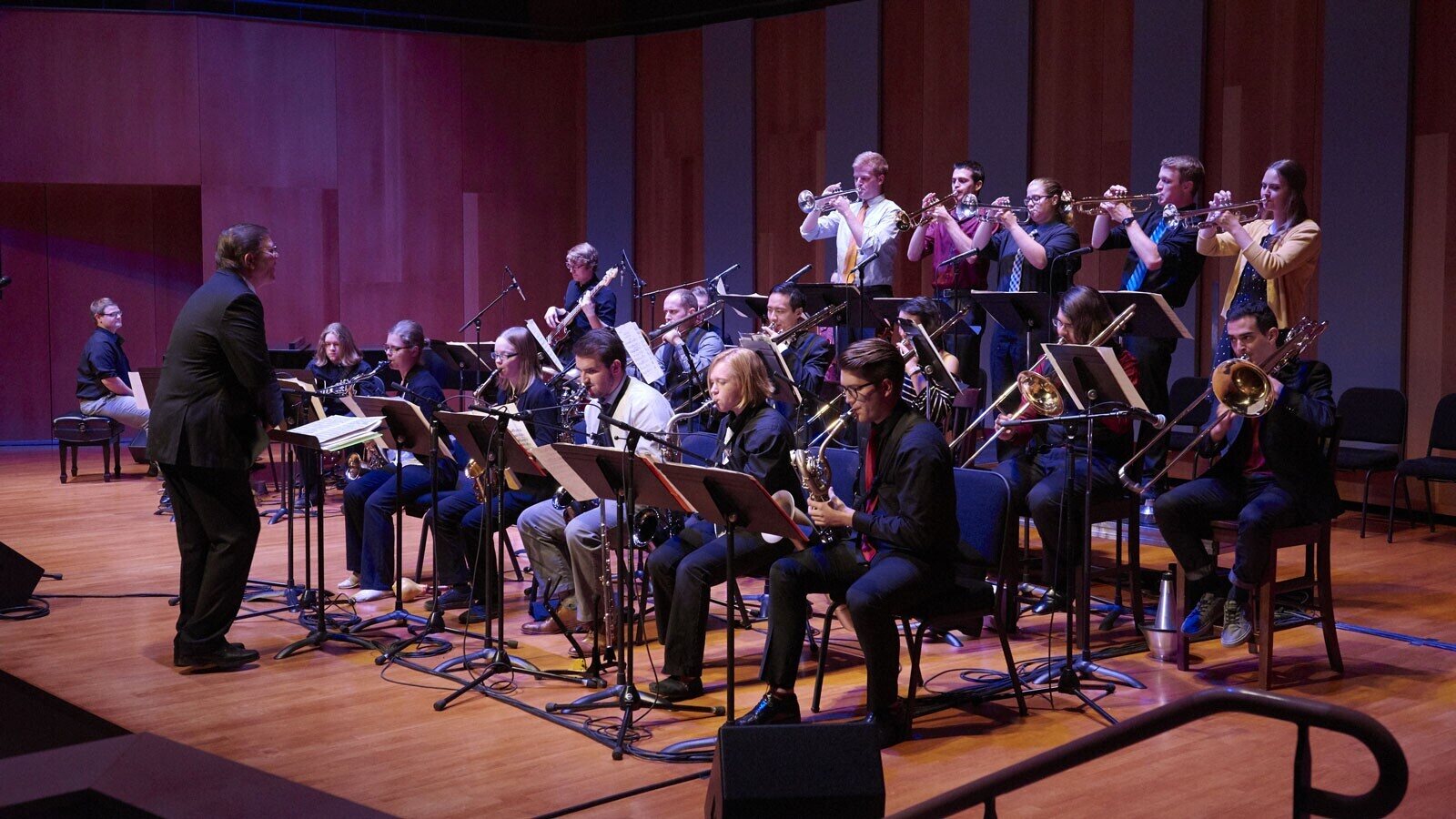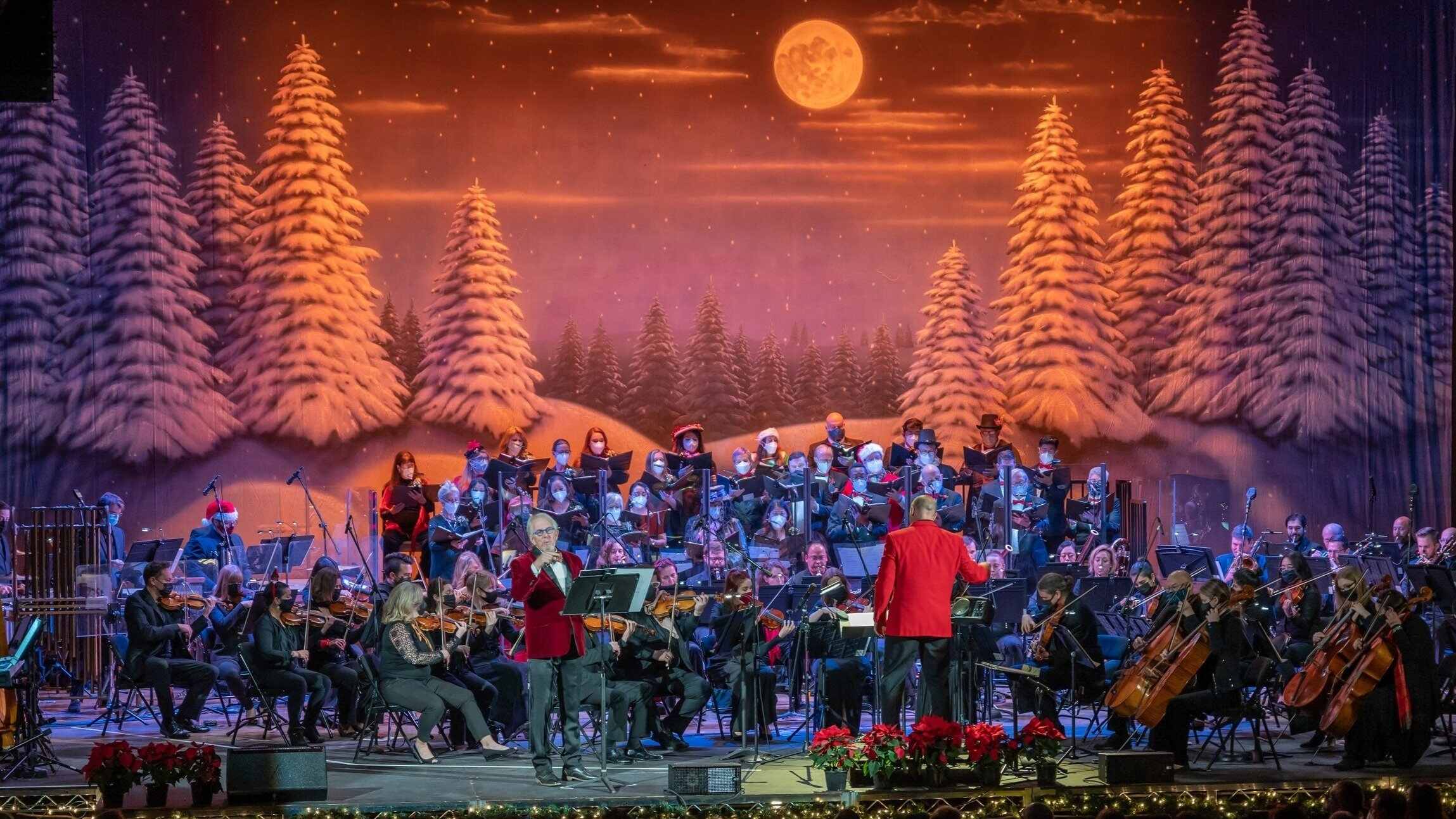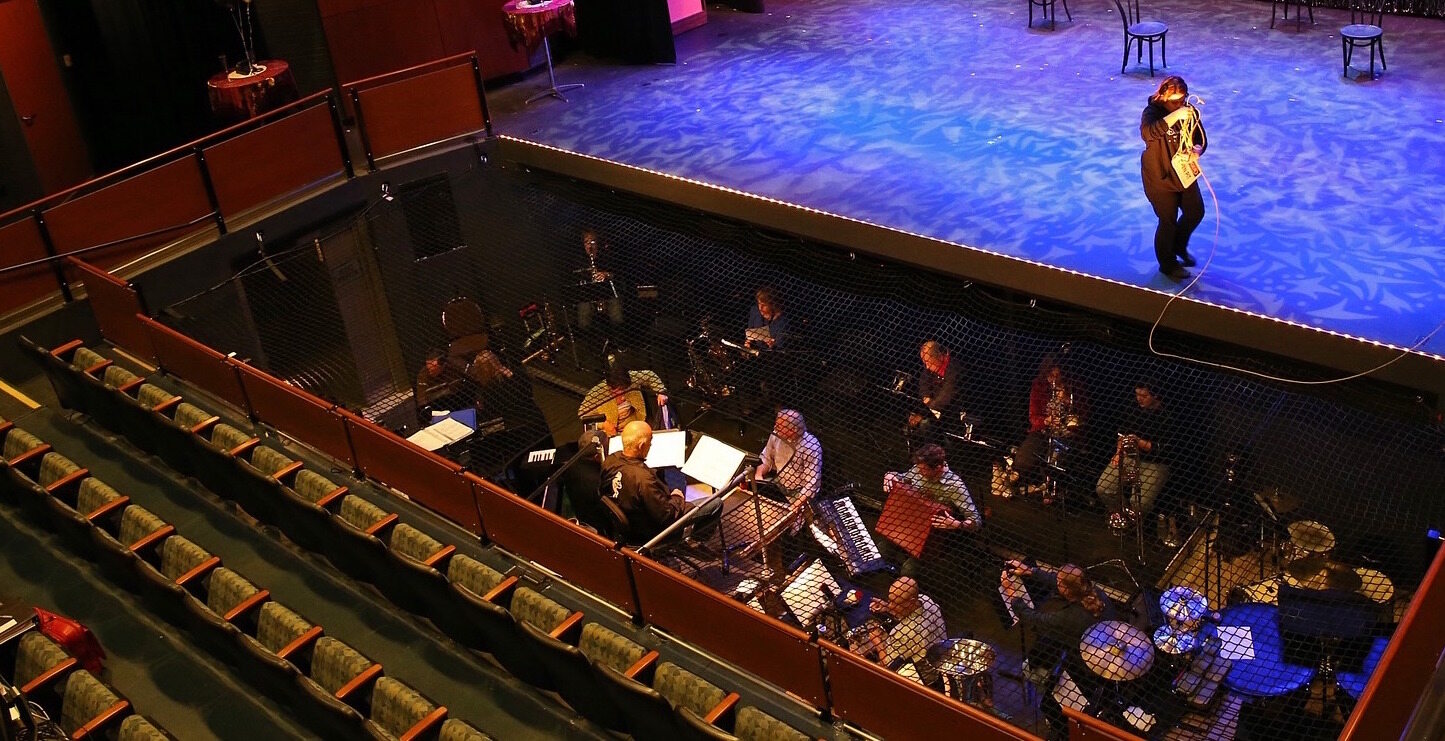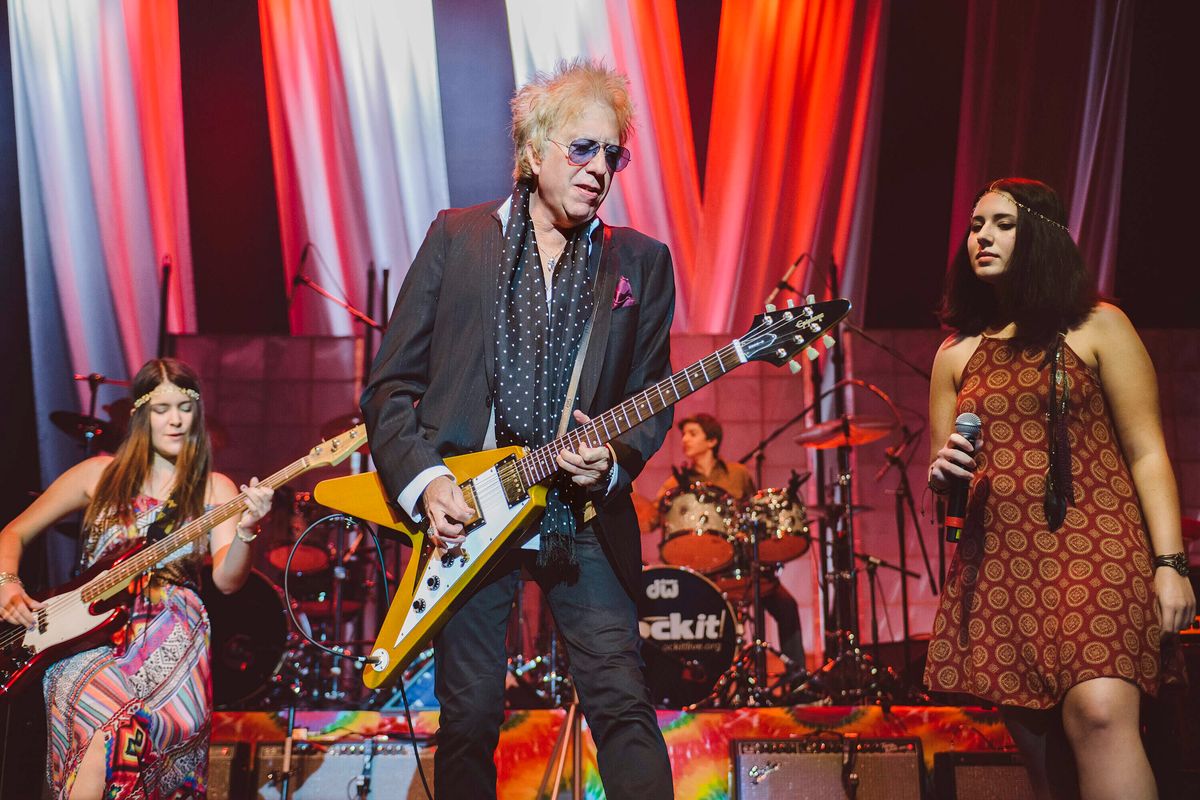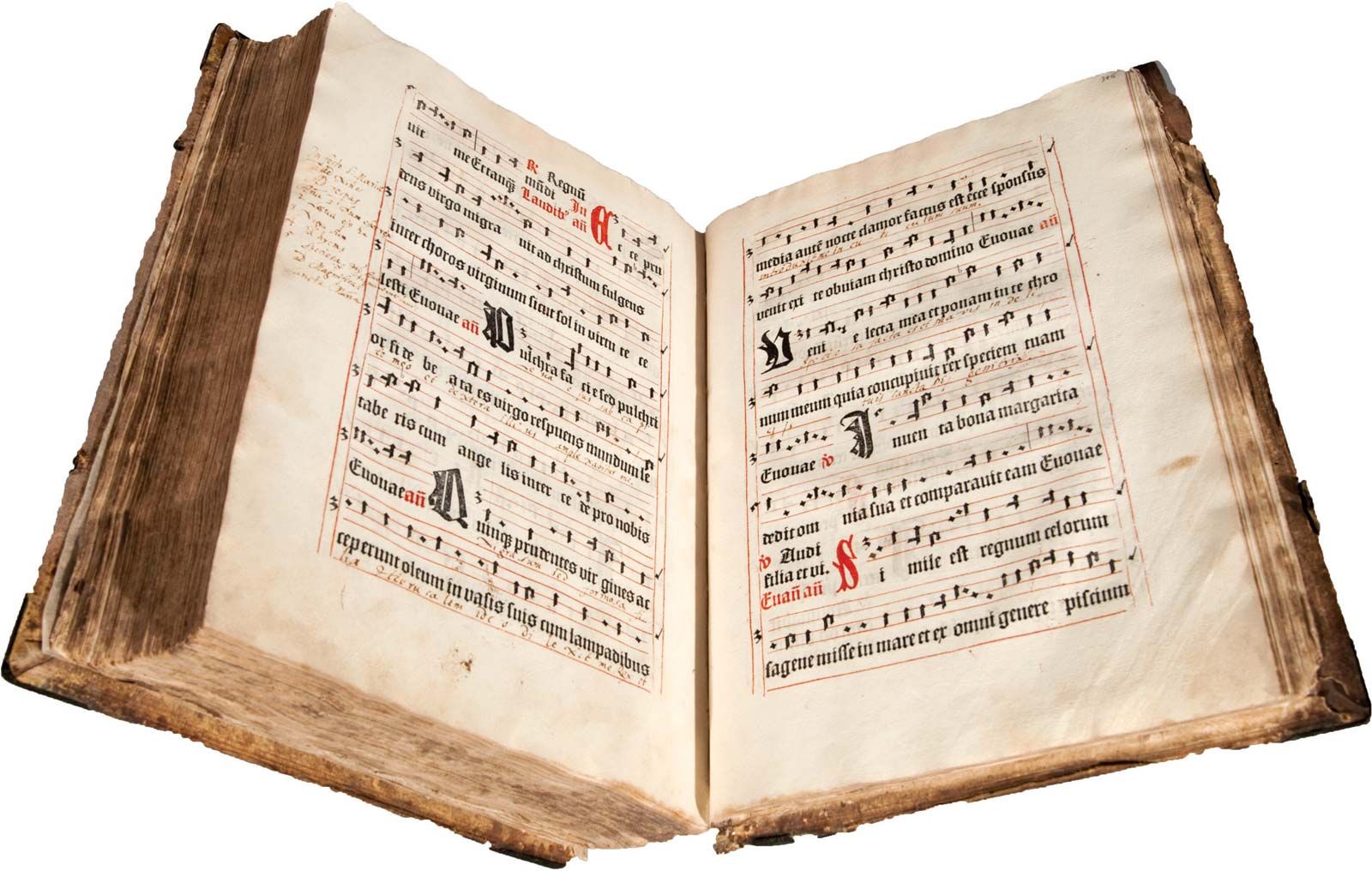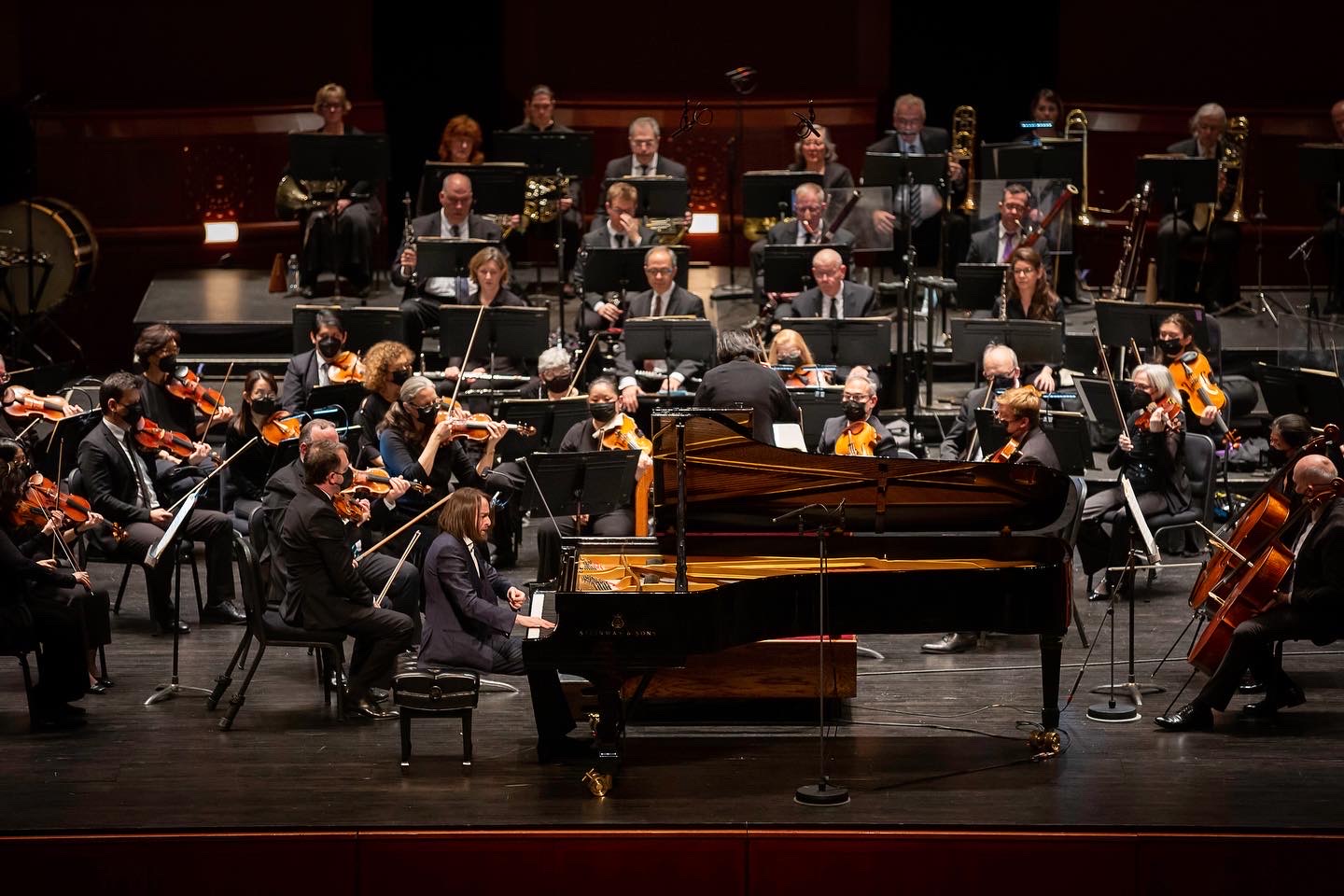Home>Production & Technology>Orchestra>What Is Baroque Style Orchestra?


Orchestra
What Is Baroque Style Orchestra?
Published: February 24, 2024
Discover the beauty of Baroque style orchestras and their timeless music. Learn about the history, instruments, and key characteristics of these iconic ensembles. Explore the world of orchestral music and its rich heritage.
(Many of the links in this article redirect to a specific reviewed product. Your purchase of these products through affiliate links helps to generate commission for AudioLover.com, at no extra cost. Learn more)
Table of Contents
Introduction
The Baroque era, spanning from approximately 1600 to 1750, marked a pivotal period in the development of orchestral music. This era was characterized by a rich tapestry of musical expression, intricate ornamentation, and a profound emphasis on emotional depth. The Baroque style orchestra, with its distinctive characteristics and influential composers, continues to captivate audiences and musicians alike, leaving an indelible mark on the history of music.
During the Baroque period, orchestral music underwent a remarkable transformation, embracing a newfound sense of drama and intensity. Composers of this era sought to evoke powerful emotions and convey intricate narratives through their compositions, leading to the emergence of a distinct musical language that resonates with listeners to this day.
The Baroque style orchestra, renowned for its ornate and elaborate compositions, encompassed a wide array of instrumental combinations, including strings, woodwinds, brass, and continuo instruments. This diverse ensemble allowed composers to explore a rich spectrum of tonal colors and textures, giving rise to a dynamic and evocative musical landscape.
Furthermore, the Baroque era witnessed the flourishing of virtuosic instrumental techniques and the birth of iconic musical forms such as the concerto grosso, the fugue, and the suite. These innovative forms provided a platform for composers to showcase the technical prowess of individual musicians within the orchestra, fostering a sense of collaboration and artistic exchange.
As we delve into the intricate tapestry of the Baroque style orchestra, we will unravel the characteristics that defined this period, explore the diverse array of instruments that shaped its sonic palette, and delve into the timeless works of influential composers. By embarking on this journey through the Baroque era, we will gain a deeper appreciation for the enduring legacy of this transformative period in the history of orchestral music.
Characteristics of Baroque Style Orchestra
The Baroque style orchestra is distinguished by several hallmark characteristics that define its musical identity and enduring legacy. These defining traits encompass a wide spectrum of musical elements, ranging from ornate ornamentation to the innovative use of contrasting musical textures.
1. Ornate Ornamentation:
Baroque orchestral compositions are renowned for their intricate ornamentation, featuring elaborate embellishments and flourishes that adorn melodic lines and harmonic progressions. This ornate approach to musical expression reflects the prevailing aesthetic of the Baroque era, where composers sought to imbue their works with a sense of grandeur and opulence.
2. Dynamic Expression:
A striking characteristic of the Baroque style orchestra is its emphasis on dynamic expression, characterized by dramatic shifts in volume and intensity. Composers of this era utilized the full range of the orchestra to convey a wide array of emotions, from poignant introspection to exuberant jubilation, creating a compelling musical narrative that resonates with audiences.
3. Contrasting Textures:
Baroque orchestral compositions often feature a juxtaposition of contrasting musical textures, where intricate contrapuntal lines interweave with lush harmonic passages. This interplay of textures, epitomized by the intricate dialogue between instrumental voices, imbues Baroque music with a sense of depth and complexity, captivating listeners with its rich sonic tapestry.
4. Basso Continuo:
A defining feature of Baroque orchestral music is the prominent use of basso continuo, a foundational bass line supplemented by harmonically rich keyboard accompaniment. This basso continuo, typically realized through the harpsichord or organ, provides a harmonic framework upon which the intricate melodic and contrapuntal elements of the composition unfold, lending a sense of harmonic richness and structural coherence to the music.
5. Affekt and Rhetorical Expression:
Baroque composers sought to evoke specific emotions and rhetorical gestures through their music, a concept known as "Affekt." This emphasis on rhetorical expression imbued Baroque orchestral compositions with a profound sense of emotional depth and communicative power, allowing the music to convey intricate narratives and evoke visceral responses from audiences.
6. Virtuosic Display:
The Baroque style orchestra showcased the virtuosic abilities of individual musicians, with compositions often featuring dazzling solo passages and ensemble sections that highlighted the technical prowess of instrumentalists. This emphasis on virtuosity contributed to the development of iconic musical forms such as the concerto grosso, where soloists engage in a captivating dialogue with the ensemble, showcasing their exceptional skill and artistry.
In essence, the characteristics of the Baroque style orchestra encapsulate a multifaceted approach to musical expression, marked by ornate ornamentation, dynamic intensity, intricate textures, and a profound emphasis on emotional communication. These defining traits form the cornerstone of the Baroque musical aesthetic, endowing the orchestral repertoire of this era with enduring vitality and timeless allure.
Instruments Used in Baroque Style Orchestra
The Baroque style orchestra encompassed a diverse array of instruments, each contributing to the rich tapestry of sound that defined this era of musical innovation. From the resonant depths of the strings to the vibrant timbres of the woodwinds and brass, the instrumental ensemble of the Baroque orchestra formed a harmonious union, enabling composers to explore a vast spectrum of tonal colors and expressive possibilities.
Strings:
The string section formed the core of the Baroque orchestra, comprising instruments such as the violin, viola, cello, and double bass. These instruments served as the foundation of the ensemble, providing a lush harmonic backdrop and intricate melodic lines that intertwined with the other instrumental voices. The agility and expressive range of the strings allowed composers to craft elaborate contrapuntal passages, lyrical melodies, and emotive gestures, shaping the sonic landscape of Baroque orchestral compositions.
Woodwinds:
The woodwind section of the Baroque orchestra featured instruments such as the flute, oboe, bassoon, and recorder. These instruments added a distinctive color and texture to the ensemble, with the flute's crystalline tones, the oboe's poignant expressiveness, and the bassoon's rich, sonorous depth contributing to the orchestral palette. Composers deftly integrated the woodwinds into their compositions, harnessing their evocative timbres to evoke a diverse range of emotions and moods, from pastoral serenity to spirited exuberance.
Brass:
The brass instruments, including the trumpet, horn, and trombone, lent a regal and majestic quality to the Baroque orchestra. Renowned for their powerful resonance and commanding presence, the brass section added grandeur and ceremonial splendor to orchestral compositions. Whether heralding triumphant fanfares or weaving contrapuntal motifs, the brass instruments played a pivotal role in shaping the dynamic and expressive contours of Baroque orchestral music.
Basso Continuo:
Central to the harmonic fabric of the Baroque orchestra was the basso continuo, a foundational element realized through the harpsichord, organ, lute, or theorbo. The basso continuo provided a harmonic scaffolding upon which the entire ensemble unfolded, imbuing the music with a sense of structural coherence and harmonic richness. This continuo accompaniment, characterized by its improvisatory nature and harmonic flexibility, formed an integral component of Baroque orchestral compositions, underpinning the intricate interplay of melodic and contrapuntal elements.
Ensemble Unity:
The seamless integration of these diverse instrumental voices within the Baroque orchestra fostered a sense of ensemble unity and collaborative artistry. Composers skillfully orchestrated the interplay between instruments, harnessing their unique timbres and expressive capabilities to create a cohesive and immersive musical experience. The resulting sonic tapestry, woven from the myriad colors and textures of the orchestra, epitomized the collective artistry and expressive depth of the Baroque musical aesthetic.
In essence, the instruments used in the Baroque style orchestra formed a vibrant and multifaceted ensemble, each contributing its unique voice to the rich tapestry of Baroque orchestral music. From the intricate interplay of strings to the evocative hues of the woodwinds and brass, these instruments converged to shape a musical landscape of unparalleled richness and expressive vitality, leaving an indelible legacy that continues to resonate with audiences to this day.
Composers and Works in Baroque Style Orchestra
The Baroque era heralded the emergence of visionary composers whose groundbreaking works continue to define the essence of orchestral music. Among these luminaries, Johann Sebastian Bach stands as a towering figure, renowned for his masterful compositions that epitomize the depth and grandeur of the Baroque style orchestra. Bach's monumental works, including the Brandenburg Concertos, the Orchestral Suites, and the St. Matthew Passion, showcase his unparalleled command of orchestral textures and contrapuntal intricacy, leaving an indelible imprint on the orchestral repertoire of the Baroque era.
Antonio Vivaldi, celebrated for his evocative compositions and innovative use of the concerto form, enriched the Baroque orchestral landscape with iconic works such as "The Four Seasons." Vivaldi's virtuosic violin concertos, characterized by vivid musical imagery and expressive lyricism, exemplify the fusion of technical brilliance and emotive storytelling that defines the Baroque style orchestra. His contributions to the concerto grosso genre, marked by dynamic dialogue between soloists and ensemble, continue to resonate with audiences worldwide.
George Frideric Handel, revered for his monumental oratorios and operas, crafted orchestral works of profound emotional resonance and dramatic intensity. Handel's "Water Music" and "Music for the Royal Fireworks" exemplify his mastery of orchestral grandeur, featuring majestic brass fanfares, lush string orchestrations, and exuberant dance rhythms. These iconic compositions epitomize the splendor and pageantry of the Baroque era, showcasing the orchestral prowess and compositional ingenuity of Handel.
Furthermore, the works of Arcangelo Corelli, Henry Purcell, and Jean-Philippe Rameau contributed to the diverse tapestry of Baroque orchestral music, each leaving an enduring legacy of innovation and artistic expression. Corelli's influential concerti grossi, Purcell's dramatic symphonic works, and Rameau's pioneering contributions to French Baroque orchestral music enriched the repertoire with a kaleidoscope of styles and sonic explorations.
The enduring works of these visionary composers, characterized by their intricate contrapuntal textures, expressive depth, and emotive storytelling, continue to inspire and captivate audiences, reaffirming the timeless allure and enduring legacy of the Baroque style orchestra. Through their innovative compositions, these maestros shaped the orchestral landscape of the Baroque era, leaving an indelible mark on the history of music and enriching the collective heritage of orchestral repertoire with their timeless masterpieces.
Influence and Legacy of Baroque Style Orchestra
The influence and legacy of the Baroque style orchestra reverberate across centuries, leaving an indelible mark on the trajectory of orchestral music and shaping the artistic sensibilities of future generations. The enduring impact of the Baroque era's orchestral innovations manifests in several profound ways, encompassing musical, cultural, and artistic dimensions.
Musical Innovation and Artistic Expression
The Baroque style orchestra revolutionized the expressive potential of instrumental music, laying the groundwork for future compositional developments. The intricate contrapuntal textures, ornate ornamentation, and dynamic intensity characteristic of Baroque orchestral compositions inspired subsequent generations of composers to explore new avenues of artistic expression. The legacy of the Baroque era's orchestral innovations is evident in the works of classical and romantic composers, who drew upon the emotive depth and technical virtuosity exemplified by Baroque orchestral music.
Evolution of Musical Forms and Genres
The Baroque era's orchestral repertoire introduced seminal musical forms and genres that continue to shape the contemporary orchestral landscape. The concerto grosso, with its juxtaposition of soloist and ensemble, laid the foundation for the development of solo concerto traditions in subsequent eras. The fugue, a hallmark of Baroque contrapuntal artistry, inspired generations of composers to explore intricate polyphonic textures and thematic development. Furthermore, the orchestral suite, with its diverse dance movements and evocative character pieces, influenced the evolution of symphonic form and programmatic orchestral compositions.
Cultural and Artistic Influence
The legacy of the Baroque style orchestra extends beyond musical realms, permeating cultural and artistic spheres with its profound impact. The grandeur and opulence of Baroque orchestral music mirrored the artistic and architectural achievements of the era, forging a symbiotic relationship between music, visual arts, and cultural expression. The enduring legacy of Baroque orchestral music is palpable in the ornate aesthetics of Baroque architecture, the dramatic dynamism of Baroque painting, and the theatrical splendor of Baroque opera, reflecting a cohesive artistic ethos that transcended disciplinary boundaries.
Educational and Pedagogical Significance
The legacy of the Baroque style orchestra permeates educational and pedagogical contexts, serving as a cornerstone of classical music education and historical scholarship. The study and performance of Baroque orchestral repertoire provide invaluable insights into the evolution of musical forms, instrumental techniques, and stylistic conventions. Moreover, the enduring legacy of Baroque orchestral music serves as a source of inspiration for emerging musicians and composers, fostering a deep appreciation for the expressive richness and artistic ingenuity of the Baroque era.
In essence, the influence and legacy of the Baroque style orchestra resonate across time and space, permeating musical, cultural, and educational domains with its enduring vitality and artistic resonance. The profound impact of the Baroque era's orchestral innovations continues to inspire, enlighten, and captivate audiences and musicians, reaffirming the timeless allure and enduring significance of this transformative period in the history of orchestral music.



